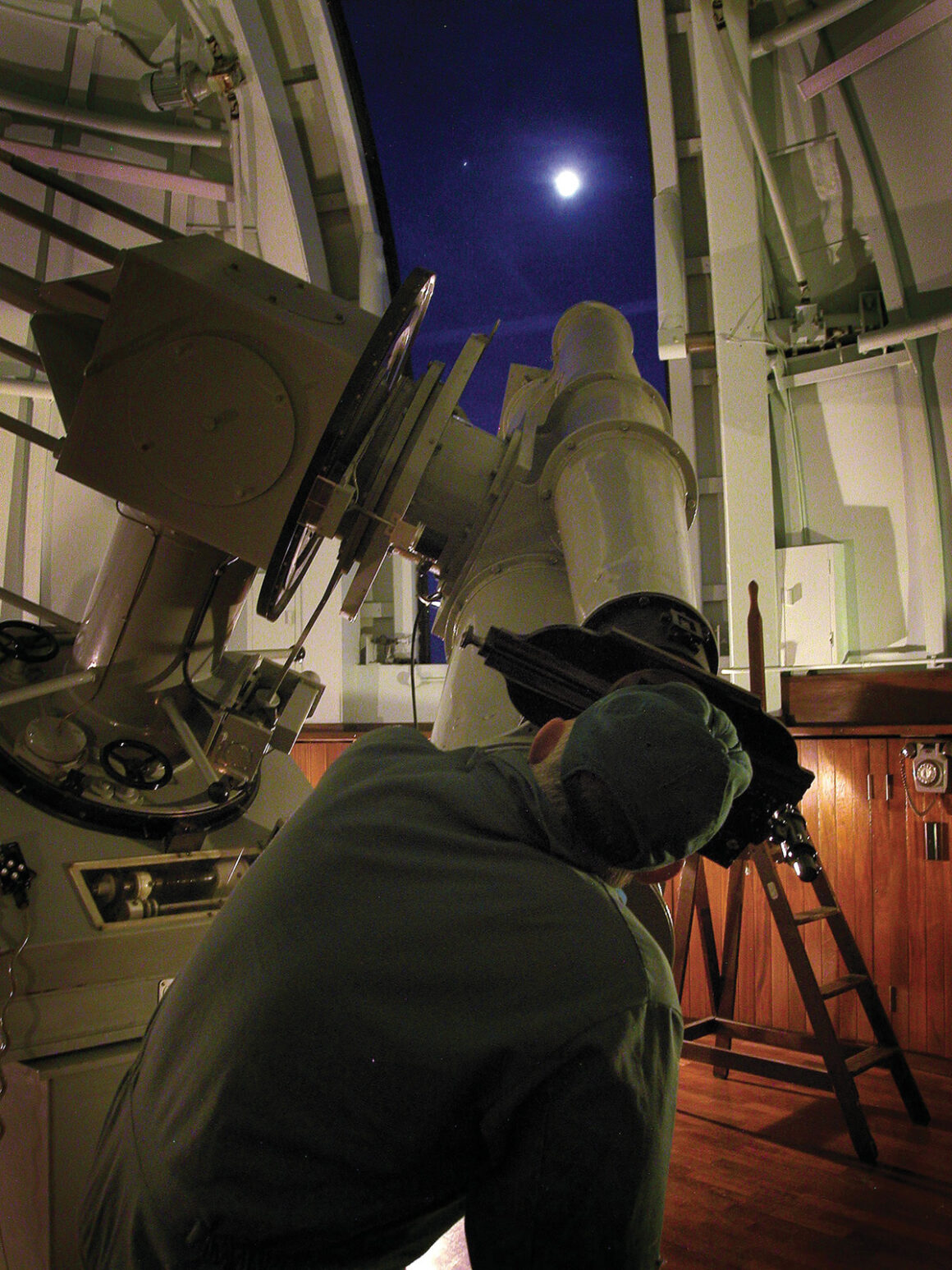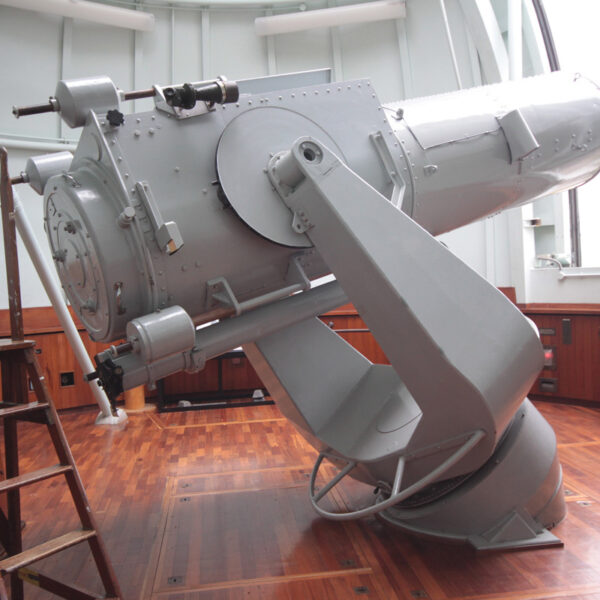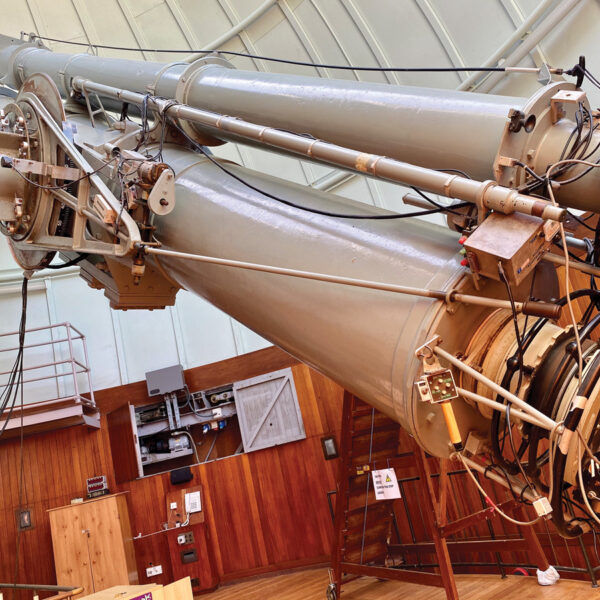The Observatory Science Centre, Herstmonceux
In the heart of the Sussex countryside, Herstmonceux was once the home of the world’s busiest and most famous astronomical observatory: The Royal Greenwich Observatory. Why Greenwich in Herstmonceux? It all began in 1675 when King Charles II commissioned the construction of an observatory in Greenwich; the Royal Observatory Greenwich. Its purpose was simple: to map the stars more accurately, helping shipping navigate at night when out of sight of land. This ultimately reduced the number of shipwrecks. For almost 300 years the observatory operated in London but things were dramatically changing. Light and air pollution hampered observations and it was obvious that to continue would require the observatory to re-locate to a darker, cleaner site.
Over 70 locations were investigated before the Herstmonceux Castle Estate was chosen. The move began after the Second World War and the new site opened in 1958. Six observatories were constructed to the east of the castle. The domes were clad in copper and coated with a chemical to speed up the weathering process to the distinctive green seen today. This helped to blend the observatory into the surrounding countryside. The Royal Observatory Greenwich was renamed the Royal Greenwich Observatory at Herstmonceux, which quickly truncated to the RGO.
At its peak, over 200 people were employed at the RGO. Picture yourself on the darkest, coldest winter night: the shutters of the dome are open; there are no heaters; you are not allowed a torch. This was how the astronomers worked. It continued to be an internationally renowned establishment until 1990 when the observatory moved to Cambridge. Five years later The Observatory Science Centre opened, under the stewardship of the charity, Science Projects Ltd., an educational charity dedicated to promoting scientific learning for all through the conception, design and construction of hands-on exhibits. In addition, the telescopes had been left behind leaving an invaluable historic legacy which deserved to be preserved.
With the help of the National Heritage Lottery Fund, this unique Grade II* listed monument was refurbished and today we are proud custodians of some of the largest operational historic telescopes in the country. Being in a dome watching the shutters open and the dome rotate is intensely memorable. Looking through these phenomenal instruments at the amazing night sky is awe inspiring. One of the domes has a rising floor, taking you up to the eyepiece of the twelfth largest refracting telescope in the world!
Herstmonceux is still remarkably dark and on clear nights the band of the Milky Way can be seen stretching across the sky. Astronomy is a fascinating, dynamic science taking you to unimaginable places and is still at the very heart of what we offer at The Observatory Science Centre. The Moon, the rings of Saturn, the Galilean Moons of Jupiter are all fabulous to see through a telescope but when it comes to looking at deeper sky objects, let your mind be completely boggled! Light may have been travelling hundreds of years over enormous distances from objects too faint for our eyes to see but through a telescope they come alive. See for yourself! We are passionate about sharing these experiences with you. In fact, along with evenings throughout the year, we have been celebrating astronomy with a dedicated weekend at our annual Astronomy Festival since 2005. It’s our 20th festival this year and we want to celebrate in style. It’s a great opportunity to immerse you in both the spectacular science we offer and the world of astronomy. With talks, planetarium shows, safe solar viewing, stargazing, family workshops and plenty of opportunities to chat to professional and amateur astronomers there is something for everyone to enjoy. The atmosphere is second to none!
Sandra Voss, Science Director 2024





